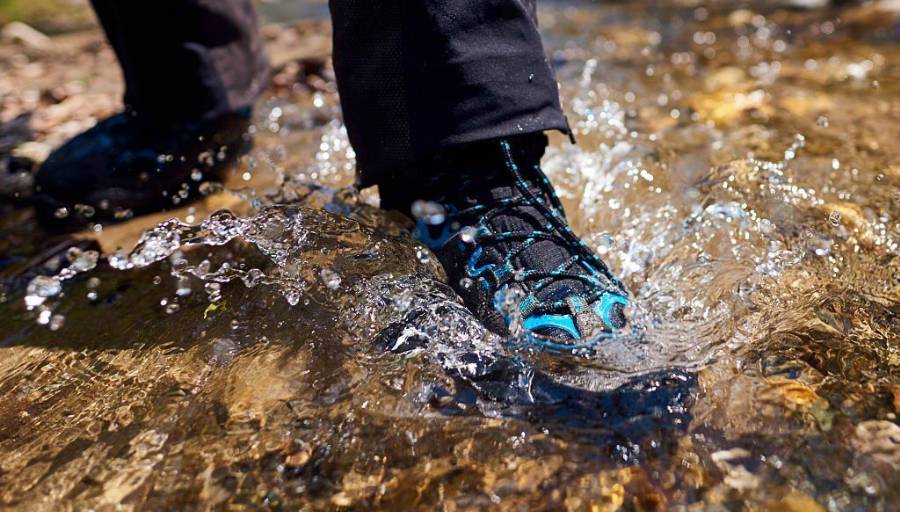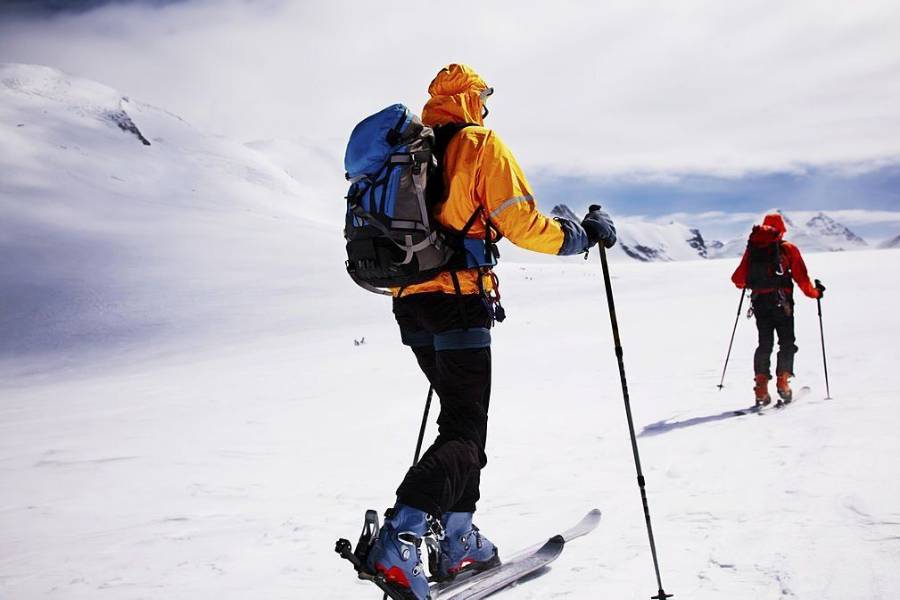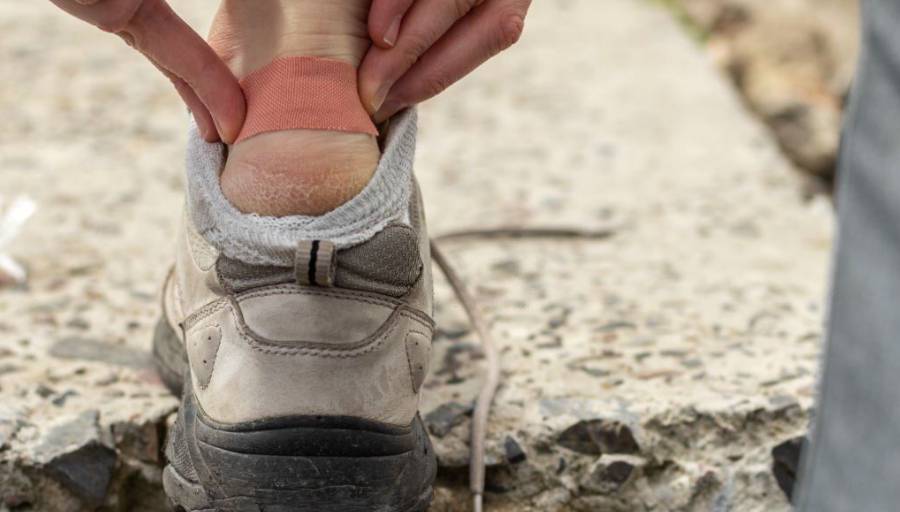6 Surprising Health Benefits of Trail Running
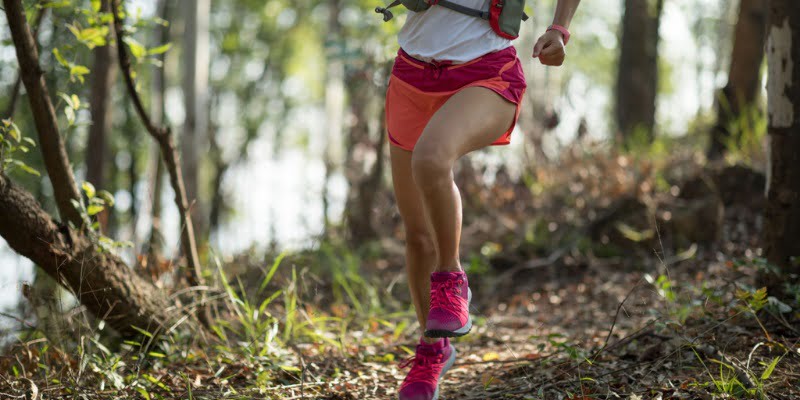
Trail running is a fantastic way to stay active, enjoy nature, and reap numerous health benefits—provided you approach it with the right mindset and preparation. Like any sport, the health benefits of trail running depend on practicing it thoughtfully and with the right gear. While this exhilarating activity can improve cardiovascular health, muscle strength, and mental well-being, it also presents unique challenges. Trails can be rough, and overexertion without proper training can lead to injuries.
However, with progressive training, attention to safety, and quality equipment, the health benefits of trail running are hard to beat, transforming it into a rewarding and invigorating pursuit.
Six Health Benefits of Trail Running
Let’s see six distinct health benefits that trail running can offer for overall well-being, one by one:
1. Muscle Strengthening
Trail running demands strong muscular engagement and sharp proprioceptive skills, targeting more than just the main muscles used in road running. It activates small stabilizing muscles, enhancing lateral movement and body balance. This means the deeper muscles of the thighs, abdominals, and lower back are consistently strengthened, alongside the foot and ankle. As a result, trail running offers a full-body workout that not only builds endurance but also improves stability and core strength.
2. Improved Balance and Proception
Trail running challenges runners to adapt swiftly to uneven terrain, enhancing both balance and ground awareness. Each step reinforces stability. This will help runners develop agility and strength in their stabilizing muscles, feet, and ankles. This heightened responsiveness not only improves balance but also deepens the connection between body and terrain.
3. Respite in the Joints
It’s not widely recognized, but trail running can actually be gentler on the knees and hips than road running. The softer terrain absorbs more impact, reducing the strain on joints. For those prone to joint discomfort or injury, this shock-absorbing quality of trails offers a welcome relief and allows a more comfortable and sustainable running experience.
4. A Good Cardio Workout
Trail running, when done at a pace suited to one’s fitness level, is excellent for heart health and builds both strength and tone. Tackling hills and varied elevations not only adds challenge but also boosts cardiovascular performance, making the heart work more efficiently. This combination of aerobic exercise and muscle engagement turns trail running into a powerful workout for overall endurance and vitality.
5. A Bowl of Oxygen
While many sports offer fresh air, trail running stands out for the clean, oxygen-rich environments it often takes place in. Most trails wind far from busy roads and pollution sources, immersing runners in nature’s purest air. Unless you’re at a high altitude, the oxygen-rich atmosphere on the trails enhances body oxygenation.
6. An Anti-Stress Feeling
Exercising freely in a beautiful, unspoiled environment offers a natural antidote to stress and a powerful boost to mental well-being. Running on steep, secluded trails allows you to leave everyday worries behind, filling your mind with positive, energizing thoughts and endorphins. Over time, trail running proves as beneficial for the mind as it is for the body, providing a lasting uplift to mental health—a benefit that’s as essential to well-being as physical fitness.
Tips for Avoid Dangers of Trail Running
Now let’s see the dangers and how to avoid them while starting trail running…
Go Beyond Your Limits
Like in any sport, the drive to compete and push beyond limits can sometimes lead to overexertion. Many participants in open events may lack adequate preparation or take on challenges beyond their ability, leading to preventable injuries such as muscle strain, distress, or even serious heart issues.
Trail Running isn’t a Trivial Sport
Trail running is a great outdoor practice, often alone, and can cause dramatic emergencies. Indeed, it is crucial to approach this sport with a medically supervised plan and train under the guidance of experienced people. It is also essential to go gradually in the difficulty level and to align only on the tests that are accessible. If you are just starting, ask for advice from people who have already practiced or clubs that can guide you in your choices and training.
Overtraining
Even PRO athletes can fall into overtraining, often due to intense programs aimed at reaching specific goals or speeding up recovery after a break.
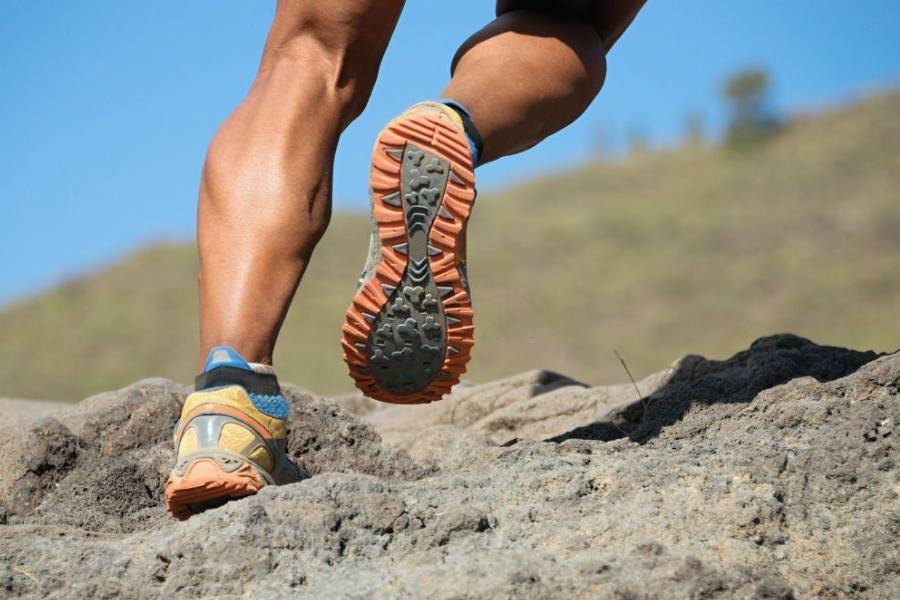
Overtraining can result in deep muscle fatigue, increasing the risk of injuries and compromising your immune system, making you more susceptible to illness. It can also negatively impact mental health, leading to decreased morale and depressive episodes. To prevent these issues, it’s crucial to consult a sports coach or specialized trainer who can design personalized training programs suitable for your needs.
Remember, improvement in sports doesn’t always come from doing more; often, well-structured and appropriately dosed training yields better performance and helps achieve realistic goals.
Falls and Other Accidents
Like all outdoor sports, trail running carries a slight risk of accidents, primarily from falls, slips, or collisions with rocks and roots. While most incidents are minor and don’t pose serious threats to life, they can result in fractures, sprains, or strains. The challenge arises when these injuries occur in isolated areas without immediate assistance. In organized events, fellow competitors often help, but solo training can be riskier. Therefore, it’s crucial to carry a fully charged smartphone (or even a backup one) along with emergency contacts, to ensure help is accessible if needed.
Muscle Injuries
This is a common problem for trail runners regardless of the coating. There are no more muscle injuries in trail running than in road racing or elsewhere. Of course, there are muscle injuries due to physical conditions. But most of them are the result of poor movement, faulty or unsuitable equipment (shoes), or modified running technique. Progressive drop shoe solutions can be an excellent remedy for regaining a natural stride less prone to accidents and muscle damage. Compression clothes are also great for avoiding micro lesions and facilitating recovery.
Conclusion
Engaging in outdoor activities is always beneficial for your health, and trail running is no exception. It helps lower the risk of high blood pressure, heart disease, osteoarthritis, and osteoporosis. On a daily basis, your digestion will be improved significantly… Running increases the rate at which food is metabolized by the body. In other words, the trailer stays younger and longer.
So what are you waiting for to get started?
Remember to equip yourself with essential safety gear and follow the guidelines outlined above to ensure a safe and enjoyable experience!
Read Also…



